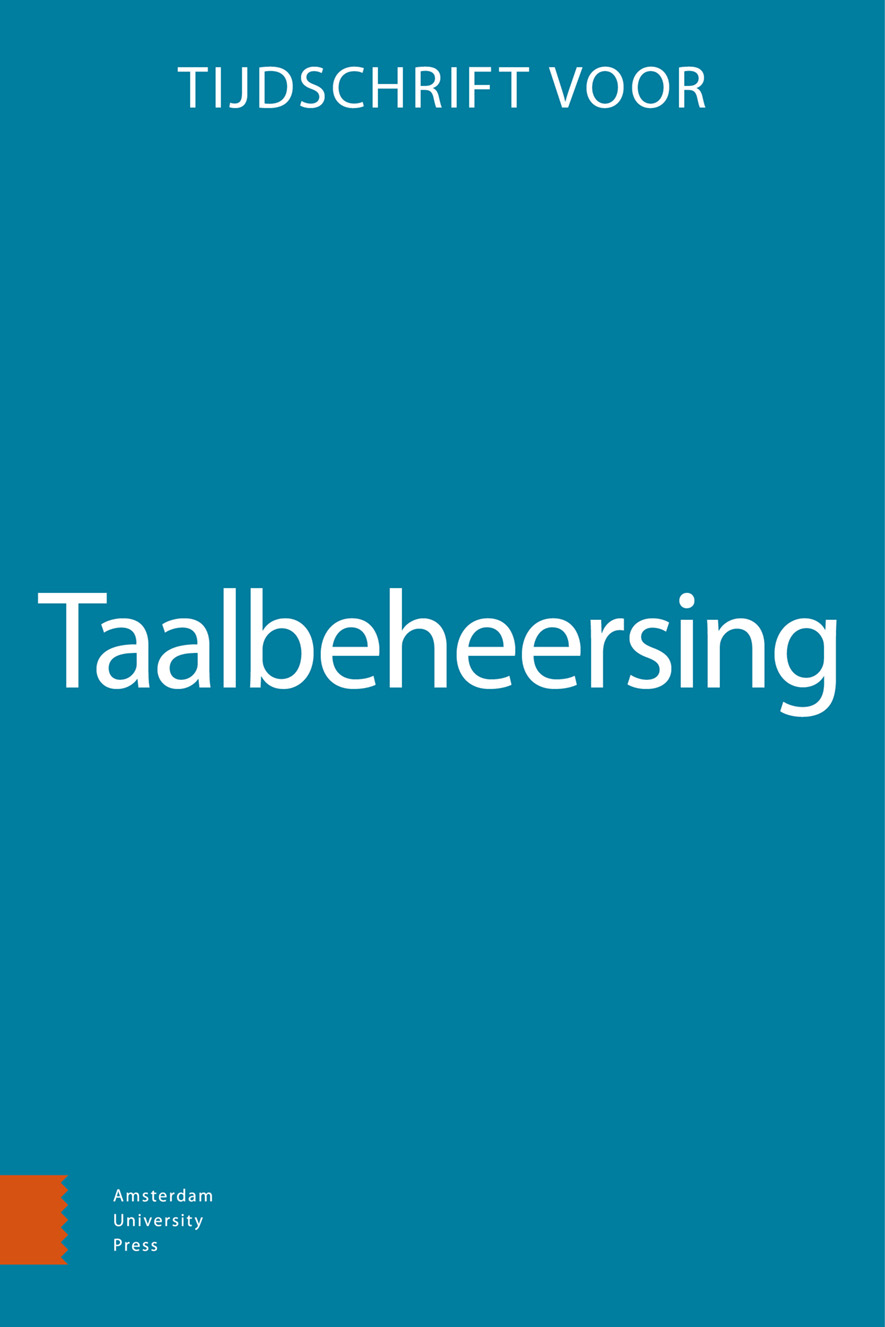-
oa De concreetheid van teksten: concreetheidsscores en een meetinstrument
- Amsterdam University Press
- Source: Tijdschrift voor Taalbeheersing, Volume 45, Issue 2/3, Dec 2023, p. 189 - 216
-
- 15 Dec 2023
Abstract
Concreteness of texts: concreteness scores and a measuring tool
Experimental research into the effects of concreteness on comprehensibility, interestingness and persuasiveness of texts is often carried out by comparing versions of texts that differ in terms of concreteness. However, in previous studies concreteness has been manipulated in various ways, making it difficult to compare the experimental outcomes. Therefore, Brysbaert et al. (2014) developed a list of concreteness scores for 30,000 words, based on judgements of students. This list helps researchers to compare the concreteness of texts that have been manipulated for experimental research. Nevertheless, Brysbaert et al.’s (2014) list is incomplete, in the sense that it lacks homonyms, multiword expressions, neologisms and proper names. We have collected concreteness scores for words and word groups in these categories to supplement the ‘Brysbaert’ list. We have also developed the TABLET tool, which gives words in a text a part-of-speech tag, and then searches for the lemma form of the words in the list of concreteness scores as collected by Brysbaert et al. (2014) and us. This tool facilitates the process of determining and manipulating the concreteness of (parts of) texts, and can be used freely by researchers.


